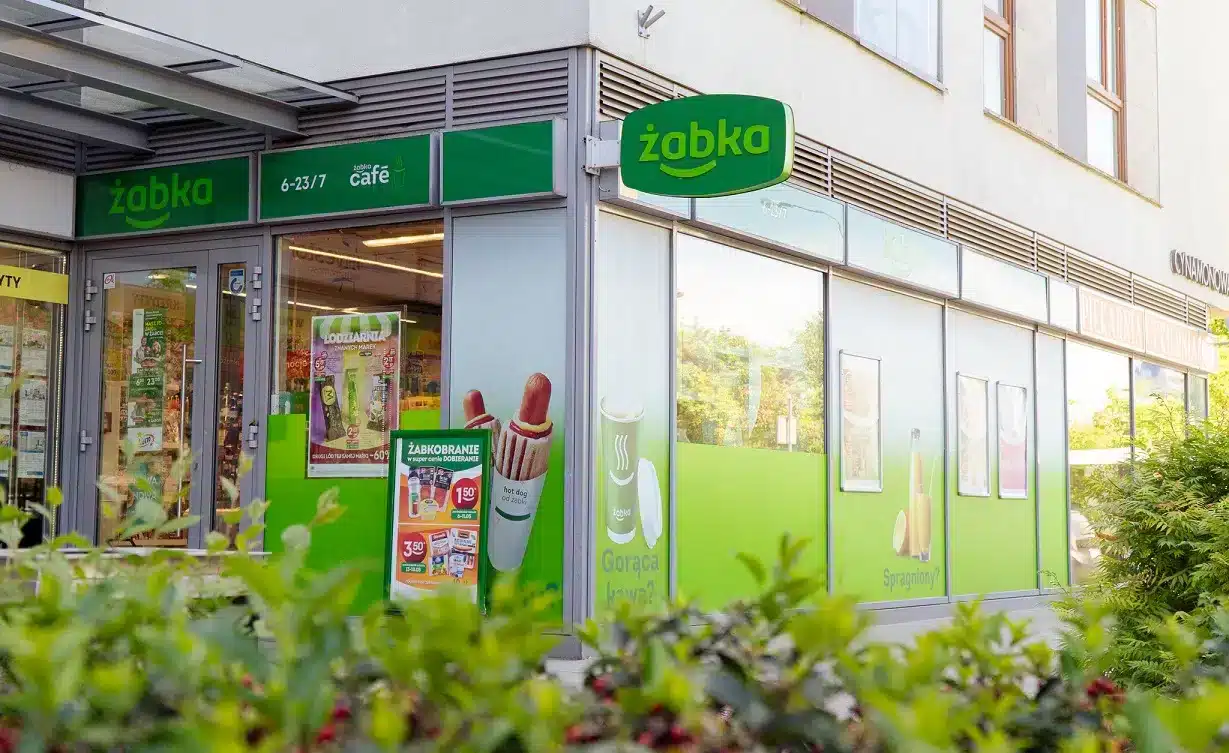The analysis of over 1.5 million consumers’ behavior in the third quarter of the year showed that footfall in convenience stores markedly increased, by up to 9.5% year on year. In hypermarkets, there was a 1.7% increment in foot traffic. On the other hand, there was a year-on-year decline in supermarkets and discount stores, by 10.6% and 7% respectively. In addition, the customer base in the convenience format grew by 0.7%, while other segments recorded falls, ranging from 4.8% to 1.5%.
According to a report by technology firm Proxi.cloud, there was a year-on-year increase in traffic of convenience stores by 9.5% and 1.7% in hypermarkets. However, the equivalent period saw a year-on-year drop of 10.5% in supermarkets and also 7% in discount stores.
“The convenience format is the winner this year. Although the number of its customers isn’t significantly increasing, traffic is growing more than in the other segments. This is thanks to the consistent expansion of convenience stores, both, in terms of premises and the range of products available,” says Matusz Chołuj from Proxi.cloud.
The report also indicated that only convenience networks saw an increase of 0.7% in the number of customers in Q3. Meanwhile, declines in customer figures were experienced by supermarkets (4.8%), discount stores (3.1%), and also hypermarkets (1.4%).
“Such declines shouldn’t worry these segments for now. The number of customers doesn’t significantly influence the sales results. The frequency and number of visits and time spent shopping also count,” comments Miłosz Sojka from Proxi.cloud.
In the same period, the percentage of total visits to analyzed sales venues that belonged to different formats was observed to change slightly. While the convenience channel topped the list with 44.3% (compared to 40.2% the previous year), discount stores made up 30.6% (32.7%) of the visits, supermarkets 19.3% (21.4%), and hypermarkets 5.8% (5.7%).
“Increased traffic in the convenience format had to cause losses for the other segments. This indicates that the decline took place at the expense of sales channels, which also had quite a significant stake in the market. The order of format results remains unchanged for another time and from various angles, there are no surprises,” analyzes Mateusz Chołuj.
Furthermore, the convenience channel is leading in terms of traffic, yet it is characterized by significantly shorter visit duration compared to other segments. For convenience stores, the average visit duration is just 4 minutes and 10 seconds. For discount stores, the average visit time is 14 minutes and 24 seconds; supermarkets have an average visit time of 11 minutes 29 seconds, and hypermarkets 20 minutes 48 seconds.
“In the third quarter of this year, the frequency of purchases increased year-on-year in the convenience channel and in hypermarkets. Conversely, we can see drops in supermarkets and discount stores. There may be several reasons for the change in frequency. In the convenience format, this may be explained by events taking place during the holiday period; however, in other sales channels, there may be multiple causes,” notes Miłosz Sojka.
The report also points to the change in the average visit duration in stores in the third quarter of this year. In the case of three formats, there were minor increases – discount stores had an average visit duration of 14 minutes and 24 seconds (compared to 14 minutes 13 seconds in the same period the previous year), supermarkets’ average visit time rose from 11 minutes 17 seconds to 11 minutes 29 seconds, and convenience networks had an average visit time of 4 minutes 10 seconds (compared to 4 minutes 1 second the previous year). On the contrary, hypermarkets saw a decrease in the average visit length (from 22 minutes 4 seconds to 20 minutes 48 seconds).
“Shortening the shopping time in hypermarkets certainly results from weaker traffic and searching for fewer goods, but also from better defined shopping needs of customers of this format. In addition, the increase in the number of self-service checkouts and cashiers may also be of note,” explains Miłosz Sojka.
The study was conducted by technology company Proxi.cloud based on data from the third quarter of this year, with reference to the same period last year.
Source: https://managerplus.pl/sklepy-convenience-liderem-wzrostu-w-iii-kw-br-ruch-i-czestotliwosc-zakupow-wyprzedzaja-inne-formaty-71990
